Museum digitization is an inevitable trend for museums around the world in the context of everything happening in cyberspace. Digitization is also a way to preserve and display artifacts well for the future, in a multidimensional expansion of space. In Vietnam, museums are also in the process of strong digital transformation and this is an inevitable trend.
Vietnam's tourism industry is aiming to make museums an attractive destination for domestic and international tourists. After being heavily affected by the COVID-19 pandemic, museum and relic activities are on the path to positive recovery.
Currently, there are about 200 museums nationwide, both state and private, gradually catching up with the digitalization trend in management and information dissemination. In recent times, not only central museums but also provincial museums have had a deeper awareness of the importance of this work, especially during the recent Covid-19 pandemic. The digitization and application of information in museum work has brought about clear results.
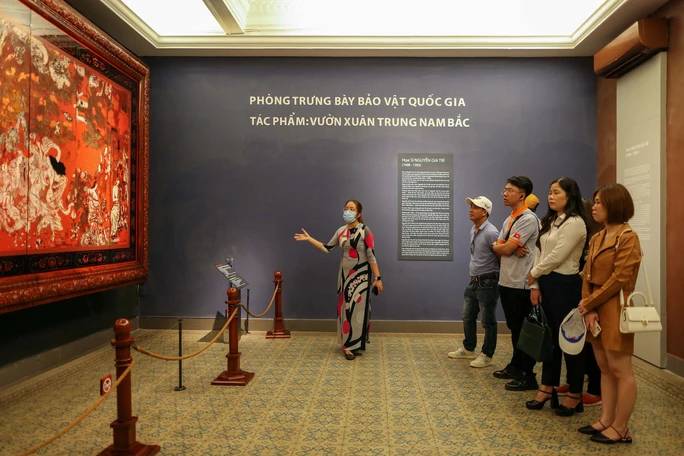
Tourists visit the Ho Chi Minh City Museum of Fine Arts. Photo: Hoang Trieu
According to the figures provided by the Vietnam Museum of Fine Arts, in just 3 months of putting the iMuseum software into operation in the early stages of the Covid-19 pandemic, the number of visitors to the museum online was nearly 8,000, equal to the entire year of receiving visitors in person before the pandemic. With an amount of 50,000 VND (more than 2 USD) used in 8 hours, viewers only need to open the iMuseum app, scan the QR code on the artifacts displayed in the museum, and in-depth information about the artifacts will appear in both text and voice. Thus, without the need for a tour guide, visitors can completely control their own journey, absorbing concise and condensed information about the artifacts when using this software. Mr. Tran Dang Khoa, PhD student at the University of Social Sciences and Humanities, Vietnam National University, Hanoi, shared: The most convenient thing that I see compared to previous years is that when we have this iMuseum app, we can access very detailed information about each artifact. Previously, we had to spend a lot of time finding and buying very thick and complicated monographs to have enough information.
According to Mr. Pham Dinh Phong, Deputy Director of the Department of Cultural Heritage, although museums and relic sites are on the way to recovery, they still need to find solutions to attract more tourists. The leaders of the Department of Cultural Heritage requested that leaders of museums and relic sites should soon digitize the operations of the museum system and relic sites, increase the application of technology in displaying and introducing artifacts, guiding visitors from one museum to another, and create connectivity between units.
Not only developing multimedia applications (audio, text, high-quality images), helping users to visit online on smart devices, the Vietnam Fine Arts Museum also upgraded the website vnfam.vn in the direction of digitalization, increasing connectivity with the community. A lot of information about artifacts is displayed, the museum's 3D exhibition booths or 3D tours have helped visitors from many places in the world to easily access the museum.
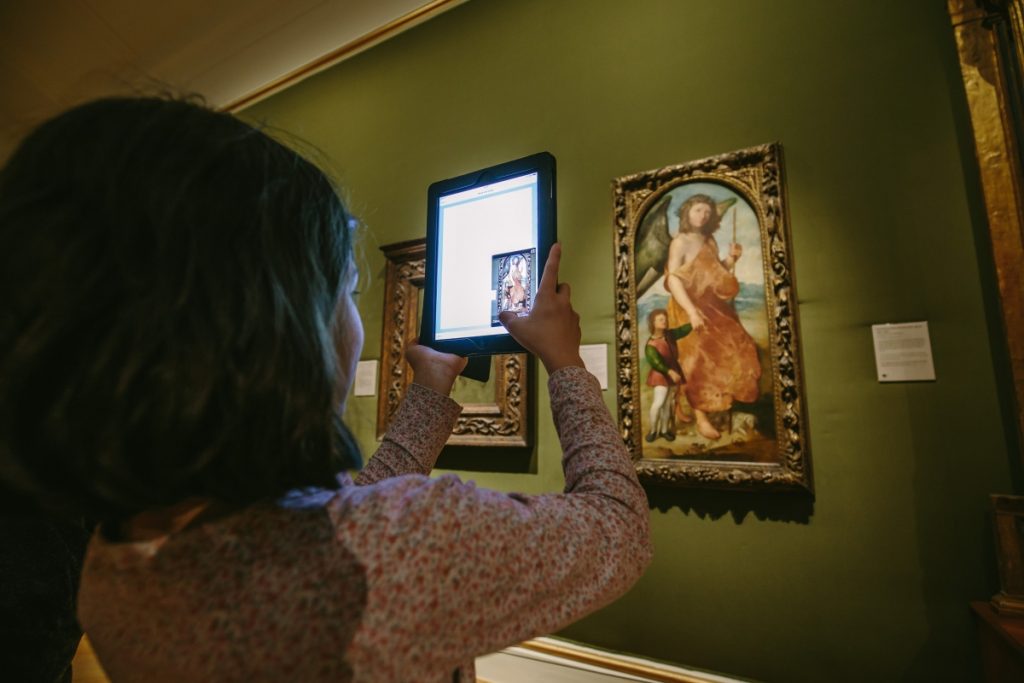
Digitization is the first step for museum innovation. Photo: Internet.
Not only at the Vietnam Museum of Fine Arts, a number of other museums across the country have also created 3D tours on the website, online exhibitions by theme, or applied audio voice narration technology to introduce artifacts.Ms. Vu Thi Tuyet Nga, Deputy Director in charge of the Dien Bien Phu Historical Victory Museum, said that the unit is also implementing a project to digitize the Dien Bien Phu Victory Museum, to form a modern museum, promoting the historical values of the museum to domestic and foreign tourists. Accordingly, step by step, build a data bank of artifacts, build digital data, interact, and connect with tourists who want to visit.
At Quang Ninh Museum, one of the museums that many visitors visit when coming to Ha Long city. Right from the first days of changing its appearance, the museum has also designed a 3D tour program to increase the accessibility of visitors who want to learn about the museum. Mr. Nguyen Sy Ngoc, Head of Information Technology Department of Quang Ninh Museum, affirmed: Our entire exhibition space has been digitized into 3D form on the website. If visitors cannot visit the museum, they can learn through 3D Tour. We also hope to continue to have more investment projects on smart museums.
The War Remnants Museum recreates five major prisons in South Vietnam during the anti-American resistance war in a simulated outdoor container. Not only using 3D technology, it also combines light, temperature, sound... technology to partly show the authenticity of the old prisons./.
Yanjiang


![[Photo] Vietnamese and Hungarian leaders attend the opening of the exhibition by photographer Bozoky Dezso](https://vphoto.vietnam.vn/thumb/1200x675/vietnam/resource/IMAGE/2025/5/28/b478be84f13042aebc74e077c4756e4b)



![[Photo] Prime Minister Pham Minh Chinh receives a bipartisan delegation of US House of Representatives](https://vphoto.vietnam.vn/thumb/1200x675/vietnam/resource/IMAGE/2025/5/28/468e61546b664d3f98dc75f6a3c2c880)
![[Photo] 12th grade students say goodbye at the closing ceremony, preparing to embark on a new journey](https://vphoto.vietnam.vn/thumb/1200x675/vietnam/resource/IMAGE/2025/5/28/42ac3d300d214e7b8db4a03feeed3f6a)







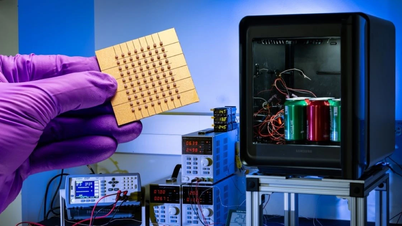
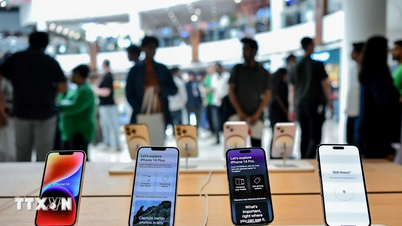




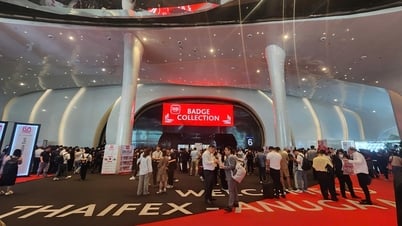
























































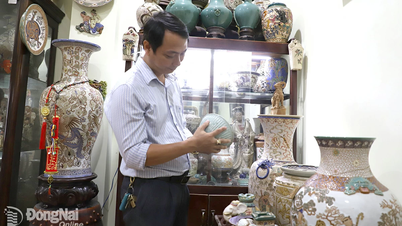

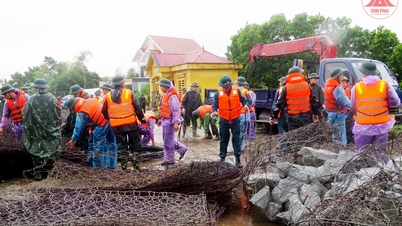















Comment (0)